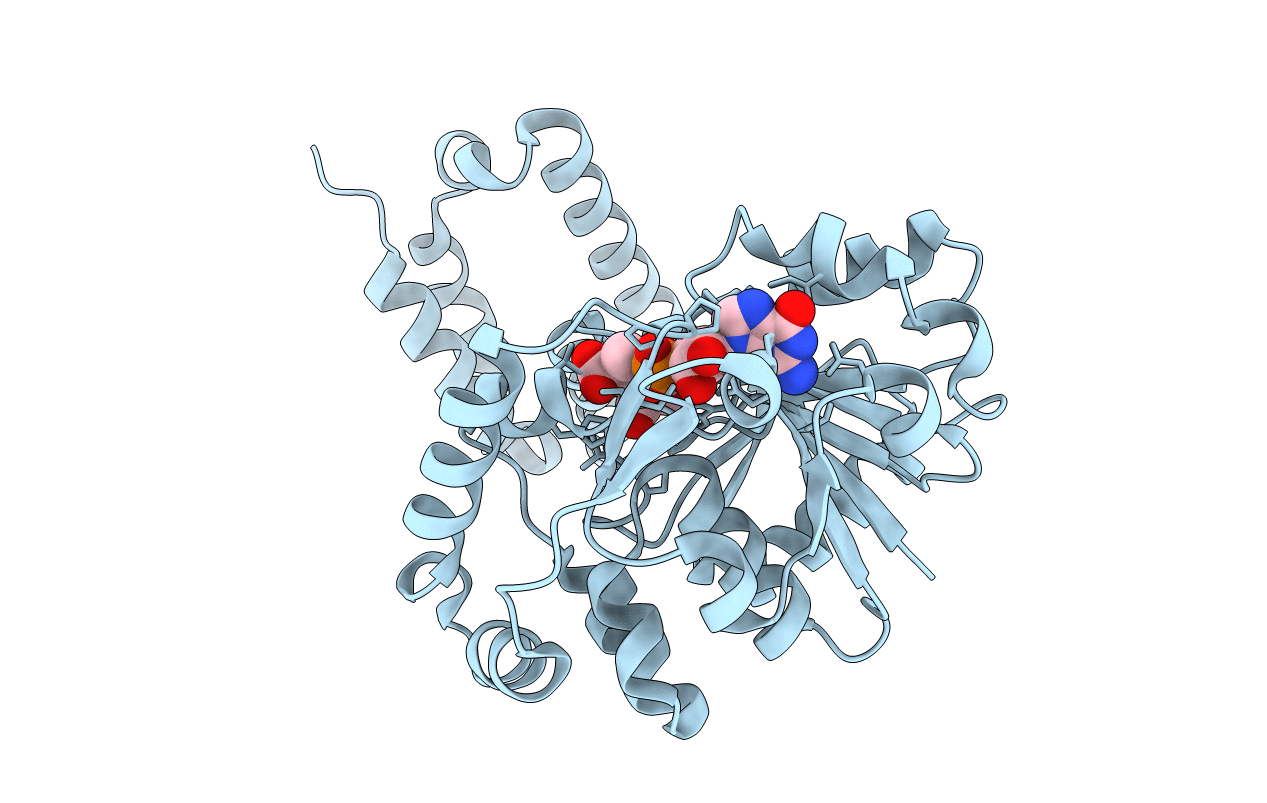
Deposition Date
2008-05-29
Release Date
2008-12-09
Last Version Date
2023-08-30
Entry Detail
PDB ID:
3DAG
Keywords:
Title:
The crystal structure of [Fe]-hydrogenase holoenzyme (HMD) from METHANOCALDOCOCCUS JANNASCHII
Biological Source:
Source Organism:
Methanocaldococcus jannaschii (Taxon ID: 2190)
Host Organism:
Method Details:
Experimental Method:
Resolution:
1.75 Å
R-Value Free:
0.21
R-Value Work:
0.17
R-Value Observed:
0.18
Space Group:
I 41 2 2


